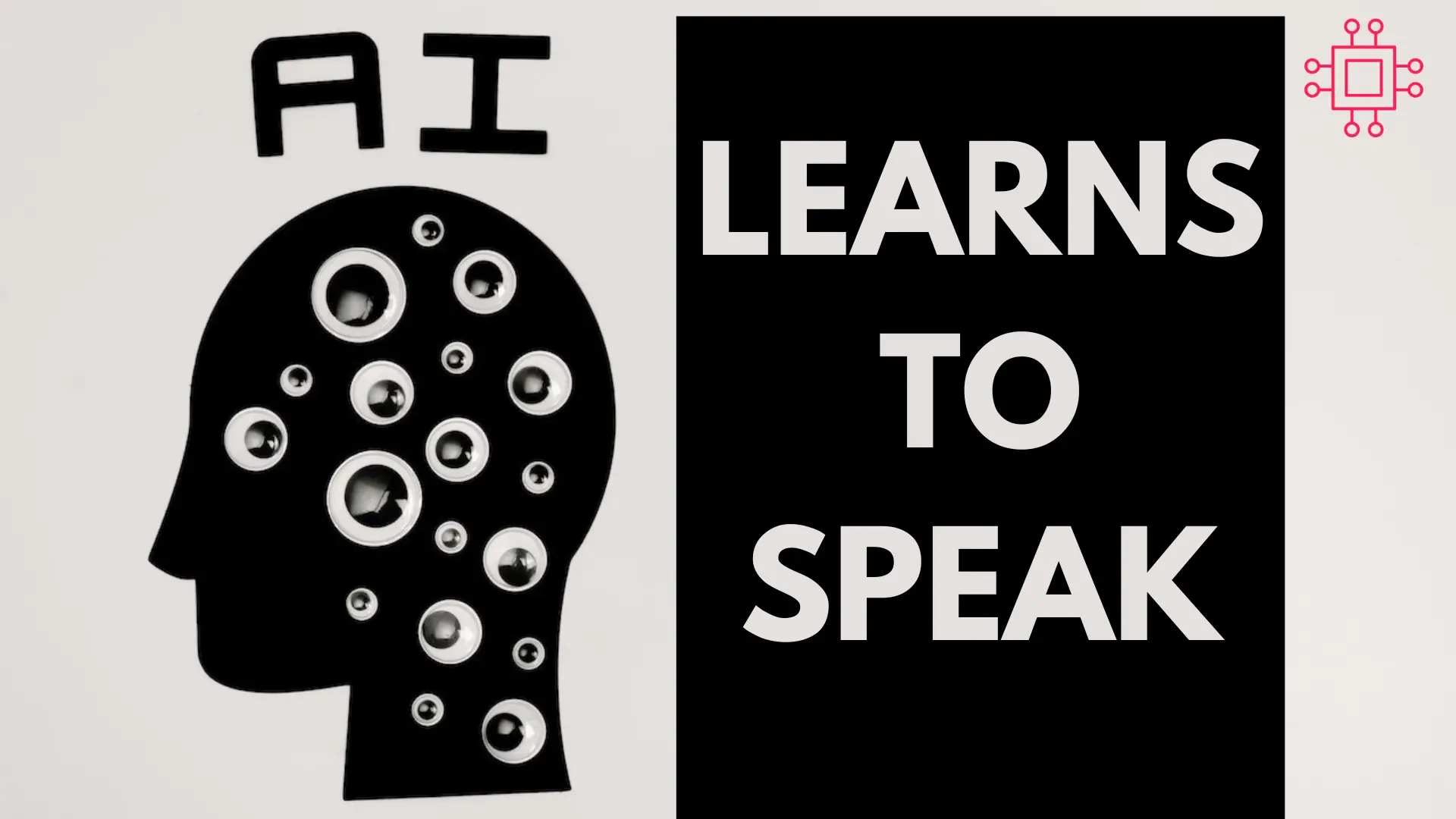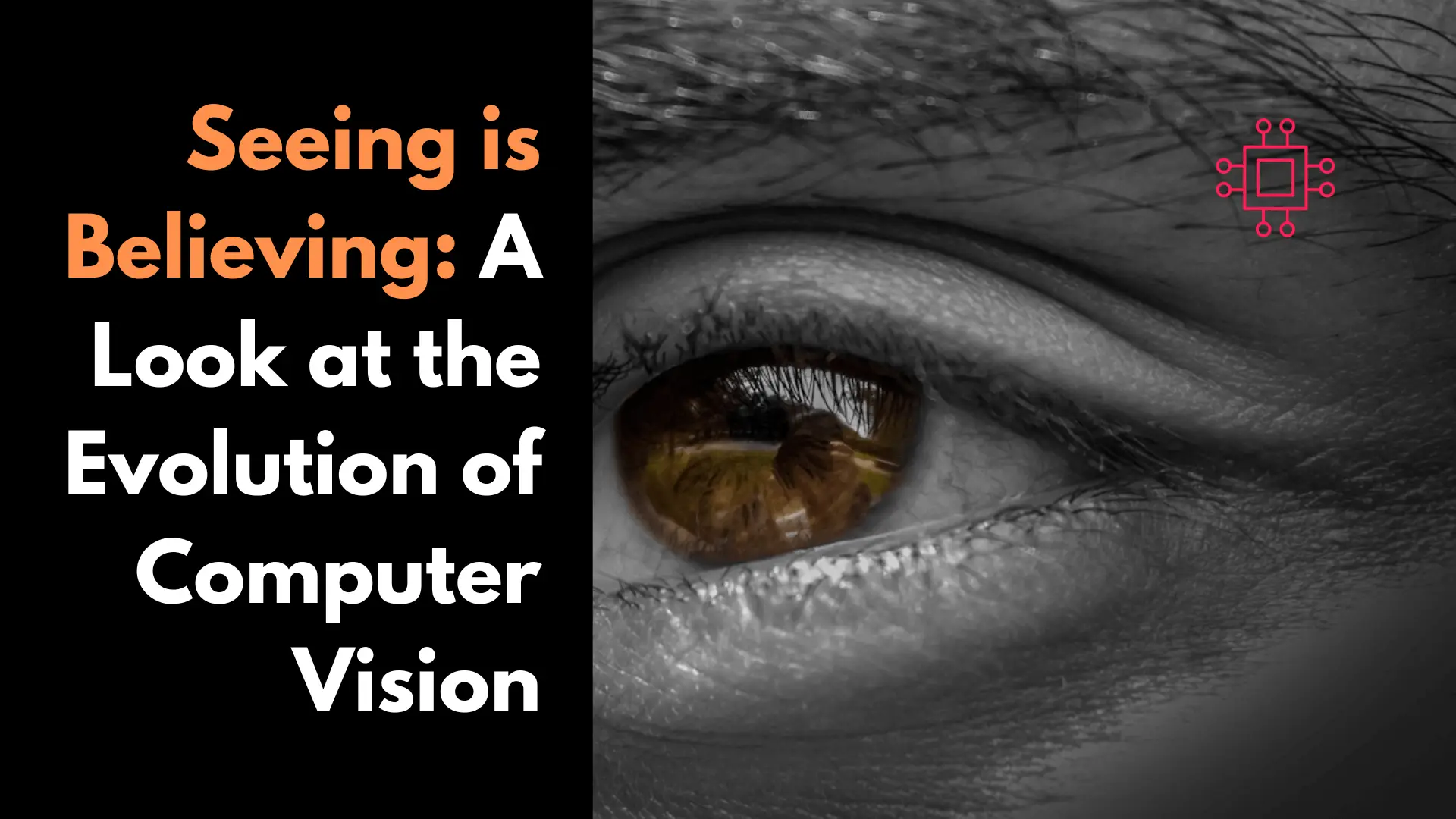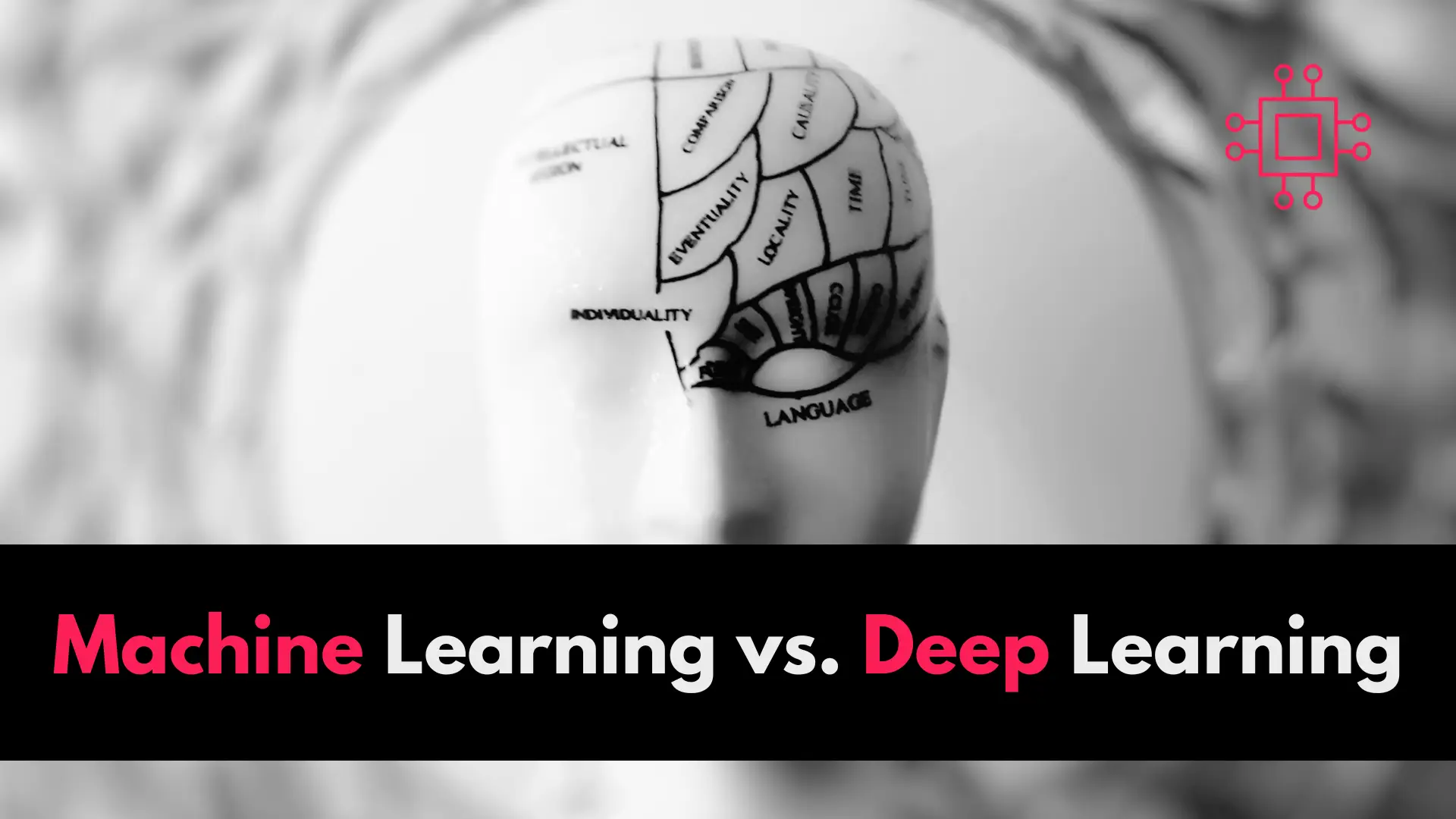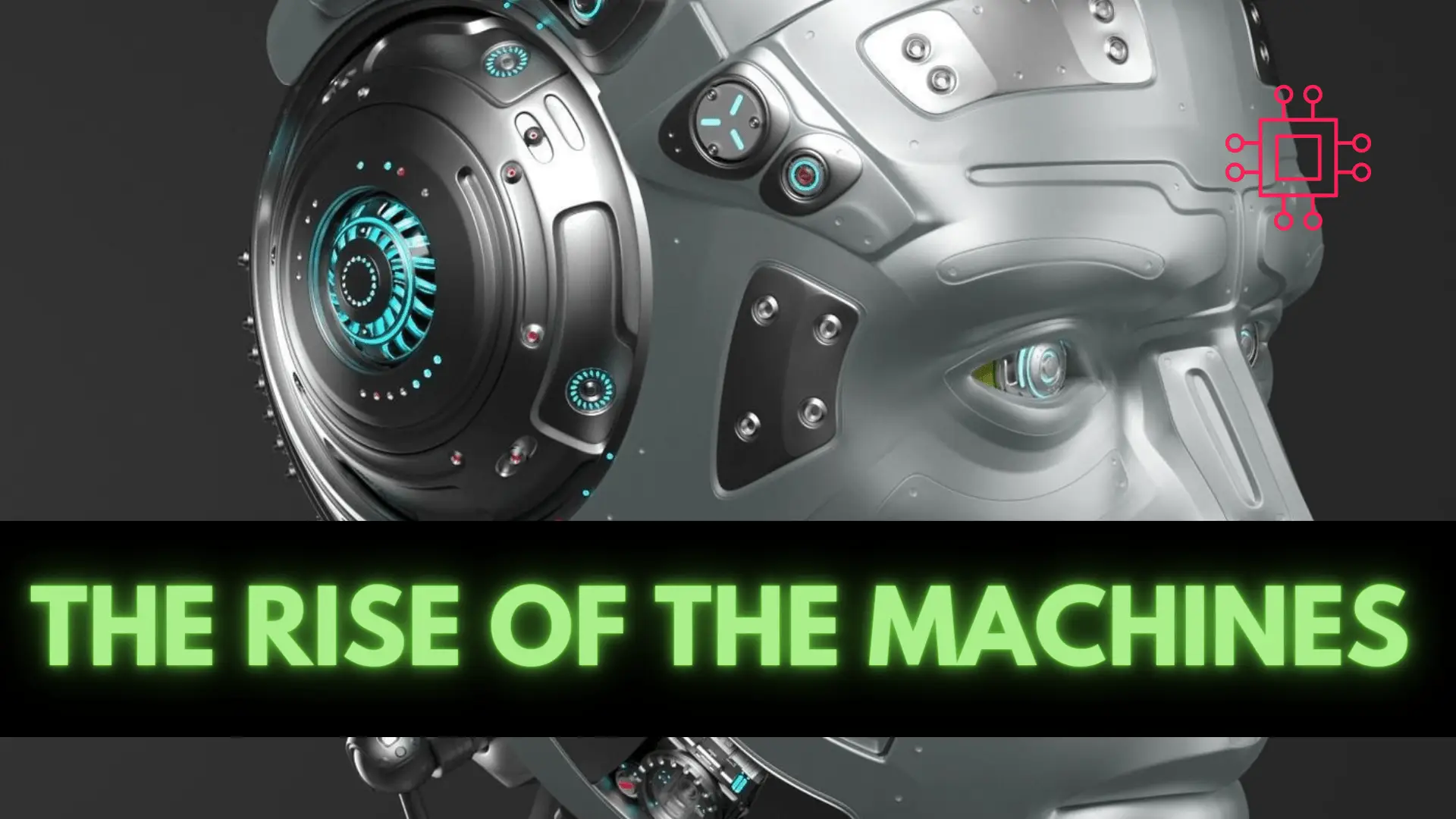
Natural Language Processing (NLP) is a subfield of Artificial Intelligence (AI) that focuses on enabling computers to understand, interpret, and generate human language. Table of

In this article, we will examine the evolution of Computer Vision. It is a subfield of Artificial Intelligence that aims to enable computers to interpret and understand visual data from the world, including images and video.
Computer vision, the field of study that focuses on enabling machines to interpret and understand visual information from the world around them, has come a long way since its inception in the 1960s. At its core, computer vision seeks to replicate the human visual system in order to enable machines to “see” and understand the world around them. Over the years, advances in computer hardware, software, and algorithms have made it possible to develop increasingly sophisticated computer vision systems that can recognize objects, track movement, and even identify emotions. Today, computer vision has a wide range of applications, from autonomous vehicles to medical imaging to surveillance systems, and it continues to evolve at a rapid pace.
The history of Computer Vision dates back to the 1960s, when researchers began exploring the idea of enabling computers to recognize objects in images. In the early days, this was a challenging problem, as computers lacked the processing power and data to achieve meaningful results. However, advances in computing technology and the growth of digital imagery have transformed the field. In the 1980s and 1990s, researchers made significant progress in computer vision, developing techniques such as edge detection, template matching, and feature extraction. In recent years, deep learning and convolutional neural networks have revolutionized the field, allowing computers to achieve human-level performance in many visual recognition tasks.
One of the biggest challenges in computer vision is the development of algorithms that can recognize and interpret visual data in a way that is robust and reliable. This is particularly challenging when dealing with complex scenes, such as those encountered in autonomous driving or medical imaging. Other challenges in the field include the need for large amounts of annotated data, the lack of interpretability of deep learning models, and the ethical and social implications of using computer vision in areas such as surveillance.
There are many major players in the computer vision industry, including companies such as Google, Amazon, Microsoft, and Apple. These companies are using computer vision to power a range of applications, including image search, facial recognition, and augmented reality. There are also many research institutions and startups working in the field, such as the Computer Vision Lab at Stanford University and the startup OpenAI.
In the next five years or by 2028, it is likely that computer vision will continue to be an important area of research and development. As computing power and data continue to grow, we can expect to see more applications of computer vision in areas such as healthcare, agriculture, and transportation. However, there are also concerns about the ethical and social implications of using computer vision, such as the potential for bias in facial recognition algorithms or the use of surveillance technology. Therefore, it will be important for researchers and policymakers to work together to ensure that computer vision is developed in a responsible and ethical manner.
Digital Cameras: Digital cameras are the foundation of computer vision, as they allow us to capture and digitize visual information. Without digital cameras, it would be impossible to feed visual data into computer vision algorithms.
Image Processing Algorithms: Image processing algorithms are used to manipulate and analyze images in various ways. These algorithms include techniques such as edge detection, feature extraction, and template matching. Image processing algorithms are used to extract useful information from images, such as object boundaries, colors, and textures.
Machine Learning: Machine learning is a subset of Artificial Intelligence that enables computers to learn from data and make predictions. In computer vision, machine learning algorithms are used to train models to recognize patterns in visual data, such as shapes, colors, and textures. The most common machine learning techniques used in computer vision are supervised learning and deep learning.
Convolutional Neural Networks (CNNs): CNNs are a type of deep learning algorithm that has revolutionized computer vision. CNNs are modeled after the visual cortex in the brain and are able to automatically extract features from visual data. CNNs are used in a wide range of computer vision applications, such as image classification, object detection, and facial recognition.
3D Imaging Technologies: While most computer vision applications are based on 2D images, 3D imaging technologies such as LIDAR (Light Detection and Ranging) and structured light scanning are also used in some applications. These technologies allow us to capture and analyze 3D data from the world, which is useful for tasks such as object tracking, autonomous driving, and medical imaging.
Overall, computer vision relies on a combination of hardware and software technologies to enable computers to interpret and understand visual data. As these technologies continue to evolve, we can expect to see even more exciting applications of computer vision in the future.
There has been a significant amount of research done in the field of computer vision, and there are many resources available for those interested in learning more. Some notable resources include the Computer Vision Foundation (CVF), which hosts several conferences and workshops on computer vision each year, and the Journal of Computer Vision and Image Understanding, which publishes research papers on computer vision topics. Additionally, there are many open-source libraries and tools available for those interested in developing computer vision applications, such as OpenCV and TensorFlow.
In summary, computer vision is a rapidly evolving subfield of Artificial Intelligence that aims to enable computers to interpret and understand visual data from the world. While the field has made significant progress in recent years, there are still many challenges to be overcome, and it will be important for researchers and policymakers to work together to ensure that computer vision is developed in a responsible and ethical manner.
Related Posts

Natural Language Processing (NLP) is a subfield of Artificial Intelligence (AI) that focuses on enabling computers to understand, interpret, and generate human language. Table of

Machine learning and deep learning are two of the most important subfields of artificial intelligence (AI), and they have enabled significant advancements in the development

Artificial Intelligence (AI) is one of the most transformative and rapidly evolving technologies of our time. It has come a long way since its inception
